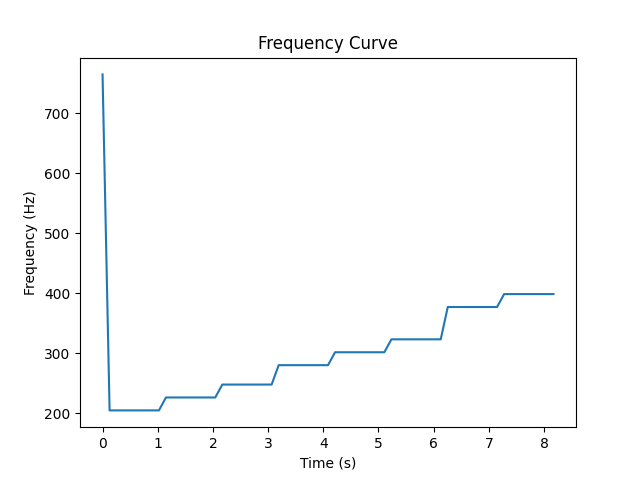I was sick during the week of 2/26, and since most of my work at this stage involved going to the ECE labs and assembling components, I could not get meaningful progress this week. I was also away during the spring break week. Despite this, I shifted some work from later schedules, by writing up some thoughts about the feedback portion of the web app for later use. I wrote the following by playtesting the saxophone myself.
Here are the gist of the work this week:
Fingering correct, sound correct: no feedback, good job!
Fingering correct, no sound: check embouchure to make sure the wind blowing into the saxophone is consistent.
Fingering correct, sound pitch slightly higher than expected (below one note difference): loosen up the embouchure.
Fingering correct, sound pitch slightly lower than expected: tighten embouchure.
Fingering correct, sound pitch more than one note higher: likely biting, please stop biting on the mouthpiece and play looser
Group feedback after a playing session, if sound pitch consistently higher or lower than expected: higher -> pull out mouthpiece, lower -> push in mouthpiuece
My schedule is behind by about a week now due to the sickness, but I do have failsafes built into the schedule that allows me to be late for up to one week. I will try to finish the assembly of the saxophone fingering collection system in three weeks, allowing three weeks for integration.
Specifically for next week, I will put together a 8-note fingering collection system on a breadboard to ensure that the system is able to record the fingering.




